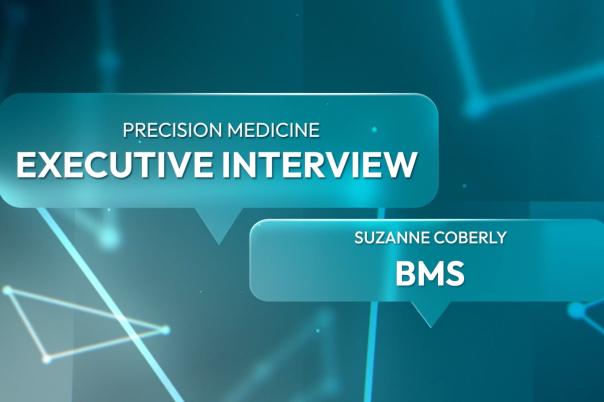Joe Yeong, Principal Investigator in Anatomical Pathology at Singapore General Hospital at the Institute of Medical Biology Singapore, and Jasmine Plummer, Director at St Jude Children’s Research Hospital, engaged in a lively discussion on AI applications in the area of spatial technology and how we can apply these across the entire spectrum of drug development.
Yeong delivered a presentation on the usefulness of AI in pathology. His group works on histopathology and immunology and uses AI to bridge gaps across domains, thus enhancing reproducibility and scalability. Yeong explained that he has been working in this field for some time. In 2019, Yeong developed the first Multiplex IHC/IF based assay to stain a handful of PD-L1 clones including SP142, 22C3, and SP263, and quantitated them.
Following this, a study on gastric cancer found that scoring PD-L1 with the 28-8 assay resulted in higher PD-L1 and CPS (combined positive score) and a higher proportion of PD-L1 positivity compared to 22C3 and other assays. Within the wider oncology space, this was used as a blueprint study for harmonising PD-L1 scoring.
Yeong then explained that AI can predict biomarker expression like CD3, CD8, and PD-L1 from H&E images using virtual staining. He proposed that by developing sophisticated algorithms that are trained on millions of cell types, AI can predict cell types and markers from H&E images without actual staining. This should improve diagnostic accuracy and efficiency.
Despite the impressive advances in virtual staining, CD3, CD8, and IHC staining are experiencing difficulty reaching the clinic and being implemented into routine practice. To solve this issue, Yeong advocated for using AI-based pathologies. The next generation of digital pathology of H&E, (H&E 2.0) could use AI algorithms trained on spatial omics data (e.g., multiplex immunohistochemistry, spatial transcriptomics) to predict PD-L1, CD3, CD8, and other markers to guide immunotherapy decisions. Yeong and his group are investigating the potential of H&E 2.0.
On a global scale, AI triaging can streamline patient recruitment by pre-screening H&E slides for likely biomarker positivity. Triaging takes place at a regional level instead of just the local level meaning this AI approach is scalable to rural and resource-limited settings, enabling equitable access to diagnostics.
In the panel discussion section, Yeong and Plummer highlighted the integration of AI in the clinic. Plummer argued that in immunotherapy and beyond, AI helps make clinical decisions based on PD-1 expression. Yet Plummer said that routine diagnostic use is more challenging due to regulatory and technical barriers.
Both Yeong and Plummer implied that harmonising spatial data is difficult; translation will likely rely on simplified, validated biomarkers. However, anchoring spatial data using anatomical structures could improve harmonisation. The discussion also covered the potential of AI to recognise cell types in H&E images and the resolution required for effective analysis. Finally, they addressed the expectations of authorities regarding analysis approaches and the transferability of AI models across institutions.




